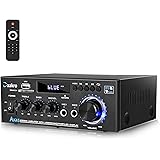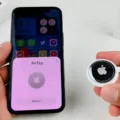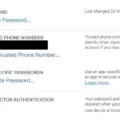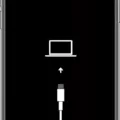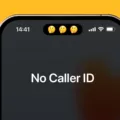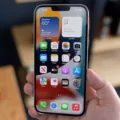AirDrop is a convenient feature on Apple devices that allows users to easily share files, photos, and other content with nearby devices. However, it can be frustrating when AirDrop is not working properly, especially on the latest iPhone 13. In this article, we will explore some common reasons why AirDrop may not be functioning correctly on your iPhone 13 and provide possible solutions to resolve the issue.
One possible reason why AirDrop may not be working on your iPhone 13 is that the AirDrop setting itself is disabled. To check this, go to the Settings app on your iPhone 13 and tap on “Screen Time.” From there, select “Content & Privacy Restrictions” and tap on “Allowed Apps.” Ensure that AirDrop is turned on. If it is disabled, simply toggle the switch to enable it.
Another factor that can hinder AirDrop functionality is the Do Not Disturb mode. Surprisingly, enabling Do Not Disturb can prevent AirDrop from working properly. To disable Do Not Disturb on your iPhone 13, swipe down from the top right corner of the screen to access the Control Center. Look for the crescent moon icon, which indicates Do Not Disturb mode, and tap on it to turn it off. It is essential to disable Do Not Disturb on both the sending and receiving devices.
If AirDrop is still not functioning correctly on your iPhone 13, it is worth checking your Wi-Fi and Bluetooth settings. AirDrop uses both Wi-Fi and Bluetooth to establish connections between devices. Make sure that both Wi-Fi and Bluetooth are enabled on your iPhone 13 by going to the Settings app and tapping on “Wi-Fi” and “Bluetooth” respectively. If they are already enabled, try toggling them off and on again to refresh the connections.
Additionally, it is essential to ensure that your iPhone 13 is within range of the other device you are attempting to AirDrop with. AirDrop works best when the devices are in close proximity to each other. If you are too far away, AirDrop may not work reliably. Try moving closer to the other device and attempt the file transfer again.
Sometimes, AirDrop issues can be resolved by simply restarting your iPhone 13. A restart can help clear any temporary glitches or software bugs that may be affecting AirDrop functionality. To restart your iPhone 13, press and hold the side button and either volume button until the power off slider appears. Slide the slider to power off your device, then press and hold the side button again until the Apple logo appears to turn it back on.
If none of the above solutions work, there may be a more complex issue at hand. It is recommended to check for any available software updates for your iPhone 13. Apple regularly releases software updates to address bugs and improve device performance. To check for updates, go to the Settings app, tap on “General,” and select “Software Update.” If an update is available, follow the on-screen instructions to download and install it.
In some cases, AirDrop issues may be related to hardware problems. If you have tried all the software troubleshooting steps and AirDrop is still not working on your iPhone 13, it might be worth contacting Apple Support or visiting an authorized service center to get further assistance and potential repairs.
AirDrop not working on your iPhone 13 can be frustrating, but there are several steps you can take to troubleshoot and resolve the issue. Ensure that AirDrop is enabled in the settings, disable Do Not Disturb mode, check Wi-Fi and Bluetooth settings, and restart your device. If the problem persists, consider updating your software or seeking professional help.
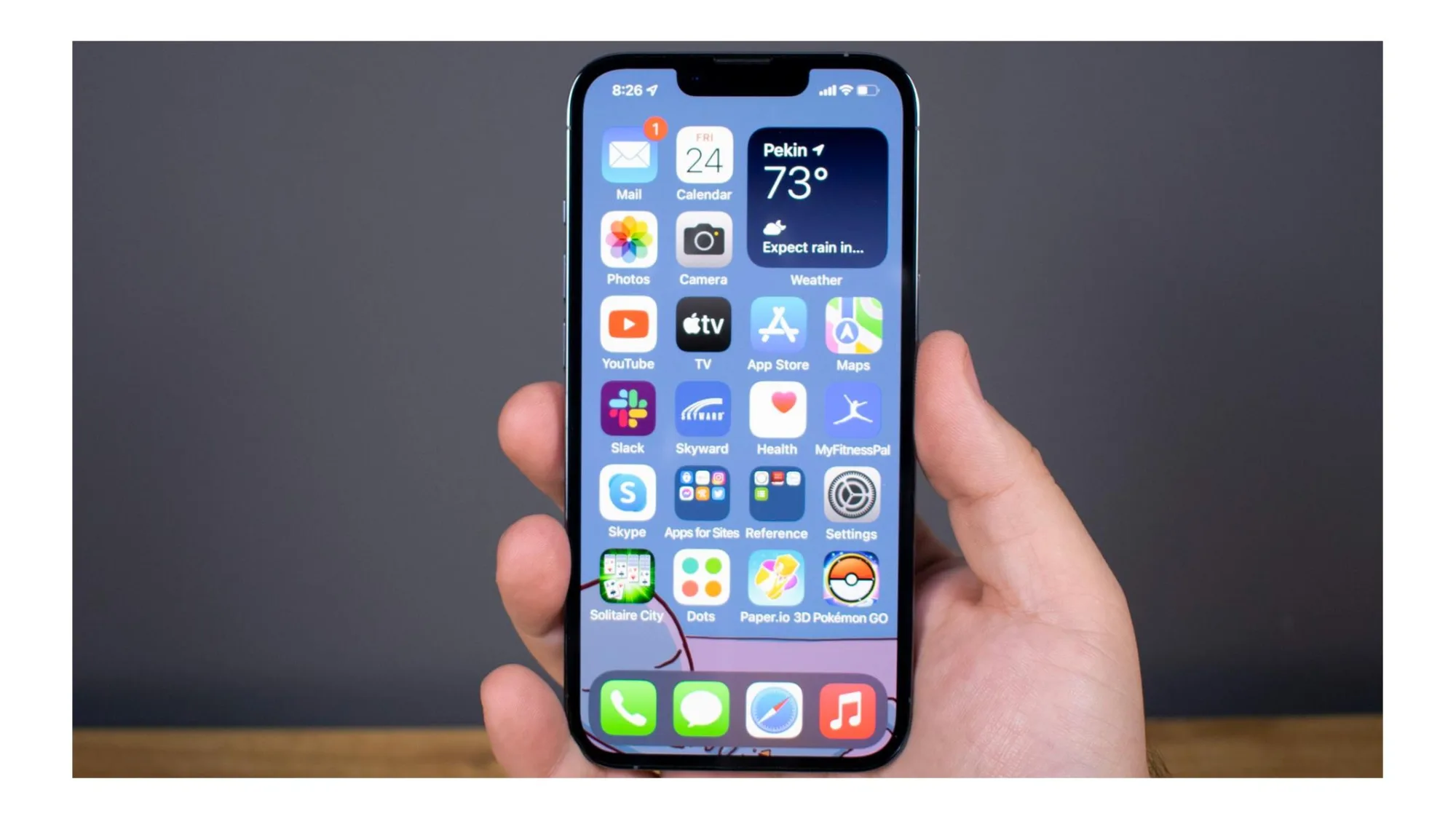
Why Is My IPhone Not Airdropping?
There could be several reasons why your iPhone is not AirDropping. Here are some possible explanations:
1. AirDrop is not enabled: Check if AirDrop is turned on in your iPhone’s Settings. Go to Settings > General > AirDrop and make sure it is set to “Everyone” or “Contacts Only” depending on your preference.
2. Bluetooth and Wi-Fi are not enabled: AirDrop requires both Bluetooth and Wi-Fi to be turned on. Go to Settings and make sure both Bluetooth and Wi-Fi are enabled.
3. AirDrop is set to receive from “Contacts Only”: If your AirDrop settings are set to receive from “Contacts Only,” ensure that the person you are trying to AirDrop with is in your contacts.
4. Distance between devices: AirDrop has a limited range, so make sure that the devices you are trying to AirDrop with are within close proximity to each other.
5. AirDrop is not supported on older devices: AirDrop requires certain hardware features, so make sure that both devices you are using are compatible with AirDrop. AirDrop is supported on iPhone 5 or later, iPad (4th generation) or later, iPad mini, and iPod touch (5th generation) or later.
6. Software compatibility issues: Ensure that both devices have the latest iOS or macOS versions installed. Sometimes, outdated software can cause AirDrop to malfunction.
7. Network interference: If you are in a crowded Wi-Fi network, it may interfere with AirDrop. Try switching to a different Wi-Fi network or turning off Wi-Fi completely and using only Bluetooth for AirDrop.
8. Temporary software glitch: Sometimes, AirDrop may not work due to a temporary software glitch. In such cases, restarting your iPhone or the device you are trying to AirDrop with can help resolve the issue.
If none of these solutions work, you may need to contact Apple Support for further assistance.
Why Is My AirDrop Not Working IOS 15?
There can be several reasons why AirDrop may not be working on iOS 15. Some possible causes include:
1. Incompatible devices: AirDrop requires both devices to have a compatible hardware and software. Ensure that both your iPhone and the receiving device meet the system requirements for AirDrop.
2. Bluetooth and Wi-Fi issues: AirDrop uses both Bluetooth and Wi-Fi to establish a connection between devices. If either of these technologies is not functioning properly, it can affect AirDrop. Make sure that Bluetooth and Wi-Fi are enabled on both devices and that they are connected to the same network.
3. Distance between devices: AirDrop has a limited range, typically around 30 feet. If the devices are too far apart, AirDrop may not work. Move the devices closer together and try again.
4. Firewall or security settings: Some security settings or firewall configurations may block AirDrop from functioning correctly. Check the settings on both devices and make sure that AirDrop is allowed.
5. Do Not Disturb mode: Do Not Disturb mode can interfere with AirDrop. Disable Do Not Disturb on both devices and attempt the transfer again.
6. Software glitches: Like any software, AirDrop can experience glitches or bugs. Restart both devices and try AirDrop again.
7. AirDrop restrictions: It’s possible that AirDrop is restricted on one or both devices. Go to Settings -> General -> AirDrop and ensure that it is set to “Everyone” or “Contacts Only” to allow AirDrop transfers.
8. Network congestion: If the Wi-Fi network you are connected to is congested or experiencing issues, it can affect AirDrop performance. Try using AirDrop on a different network or at a time when the network is less busy.
If none of these solutions work, there may be a deeper issue with either the hardware or software on your devices. In this case, you may need to contact Apple Support for further assistance.
Conclusion
If you are experiencing AirDrop issues on your iPhone 13, there are several troubleshooting steps you can take. Firstly, ensure that AirDrop is enabled in your device’s settings by going to Settings > Screen Time > Content & Privacy Restrictions > Allowed Apps. Make sure AirDrop is turned on.
Additionally, it is important to disable Do Not Disturb mode, as this feature can sometimes interfere with AirDrop functionality. Swipe down from the top right corner of the screen on your iPhone or iPad with Face ID and disable Do Not Disturb.
If you have followed these steps and are still unable to use AirDrop, there may be other factors at play. It is recommended to check your Wi-Fi and Bluetooth connections, as AirDrop relies on these technologies to function properly. Ensure that both devices are connected to the same Wi-Fi network and that Bluetooth is enabled.
If AirDrop is still not working, restarting your devices or updating to the latest iOS version can also help resolve any software issues that may be affecting AirDrop functionality.
In some cases, AirDrop may not work due to compatibility issues between devices. Ensure that the devices you are trying to AirDrop to are compatible with AirDrop and running a supported iOS version.
If all else fails, contacting Apple Support or visiting an Apple Store may be necessary to further diagnose and resolve the issue.
Troubleshooting AirDrop issues on your iPhone 13 involves checking AirDrop and Do Not Disturb settings, ensuring Wi-Fi and Bluetooth connections are functioning properly, and updating software if needed. By following these steps, you should be able to resolve most AirDrop problems and enjoy seamless file sharing between devices.




